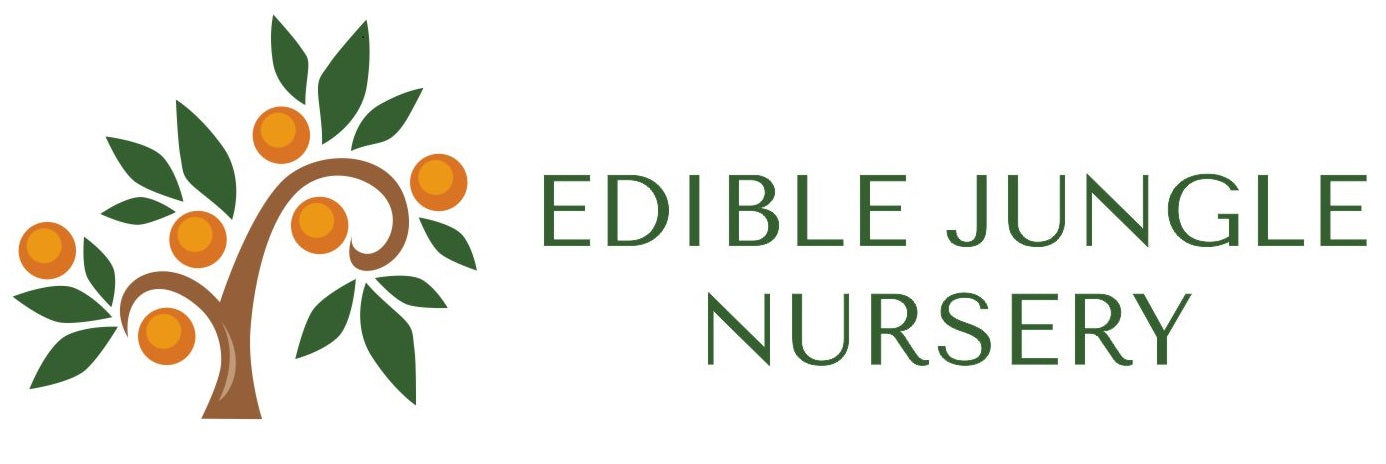$15 Flat Rate Express Shipping on all Orders!
- Home
- All Plants
- New Varieties
- Edible Plants
- Pollinators
-
More Info
-
Other Stores
$15 Flat Rate Express Shipping on all Orders!
August 18, 2025
Origins and Background
Pigeon pea (Cajanus cajan) is a perennial legume that has been cultivated for thousands of years, with origins tracing back to India, where it remains a staple food crop. From there, it spread across Africa and into the Americas through trade and migration, becoming an important source of protein in tropical and subtropical regions. Today, pigeon peas are widely grown in Asia, Africa, the Caribbean, and northern Australia, prized not only for their edible seeds but also for their resilience and ecological benefits.
Propagation and Growing Tips
Pigeon pea is usually grown from seed, which germinates readily when sown directly into the soil after the last frost. Seeds should be planted about 2–5 cm deep and spaced 30–60 cm apart in rows or clusters, depending on whether it is being used as a crop, windbreak, or support plant.
Culinary Uses
Pigeon peas are highly valued as a versatile food source. Both the immature green pods and the mature dried seeds are edible and used in a wide range of dishes:
Uses in a Permaculture System
Pigeon peas are a classic multi-purpose permaculture plant, valued for food production, soil improvement, and ecological support:
